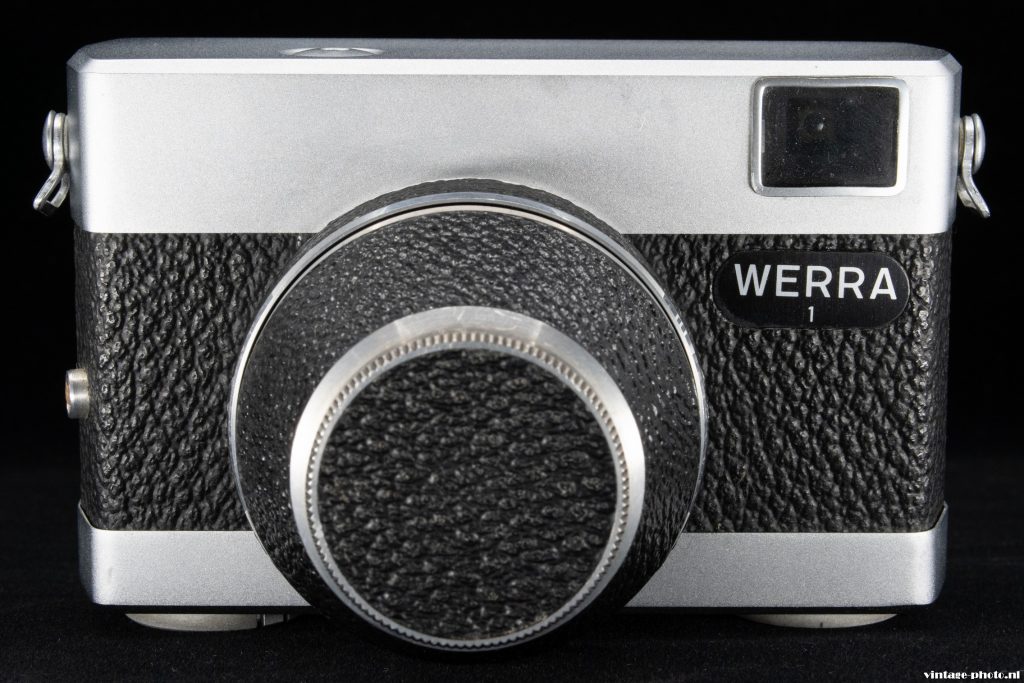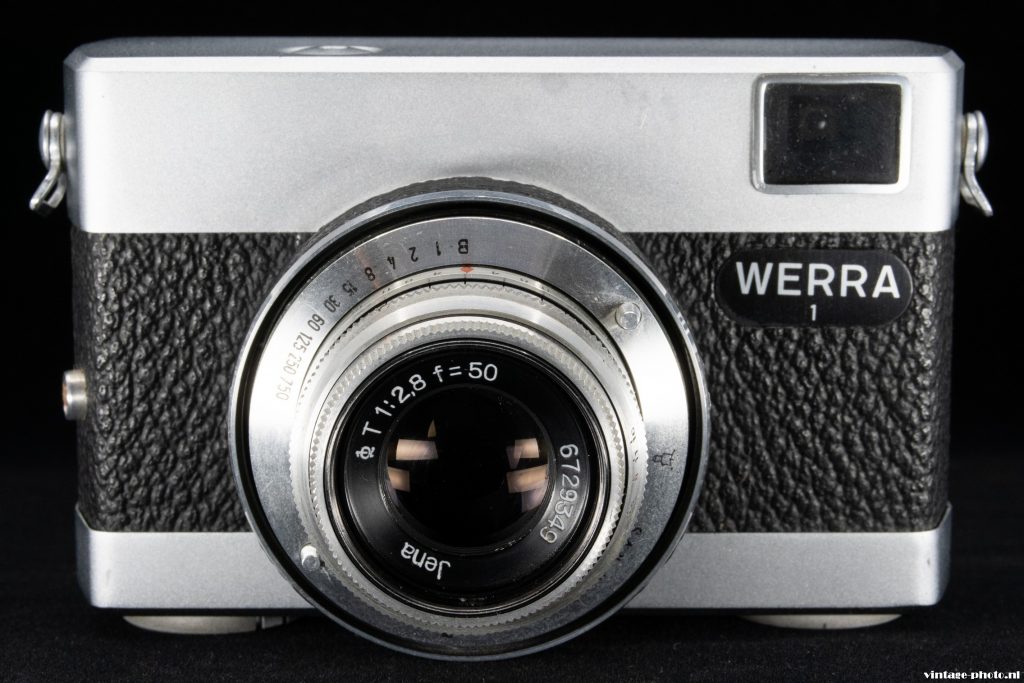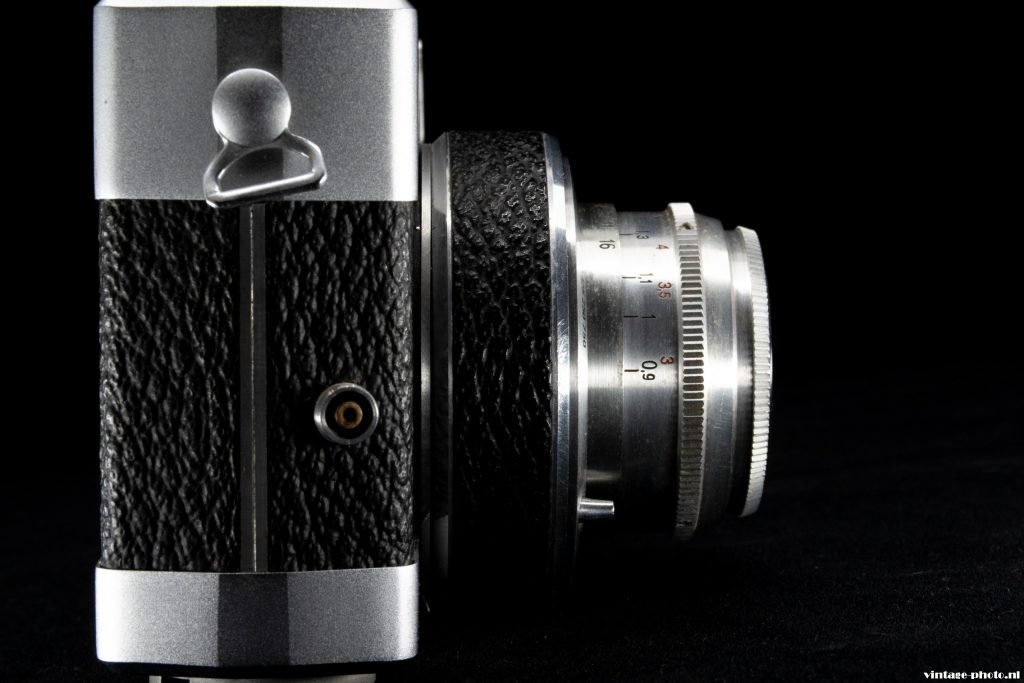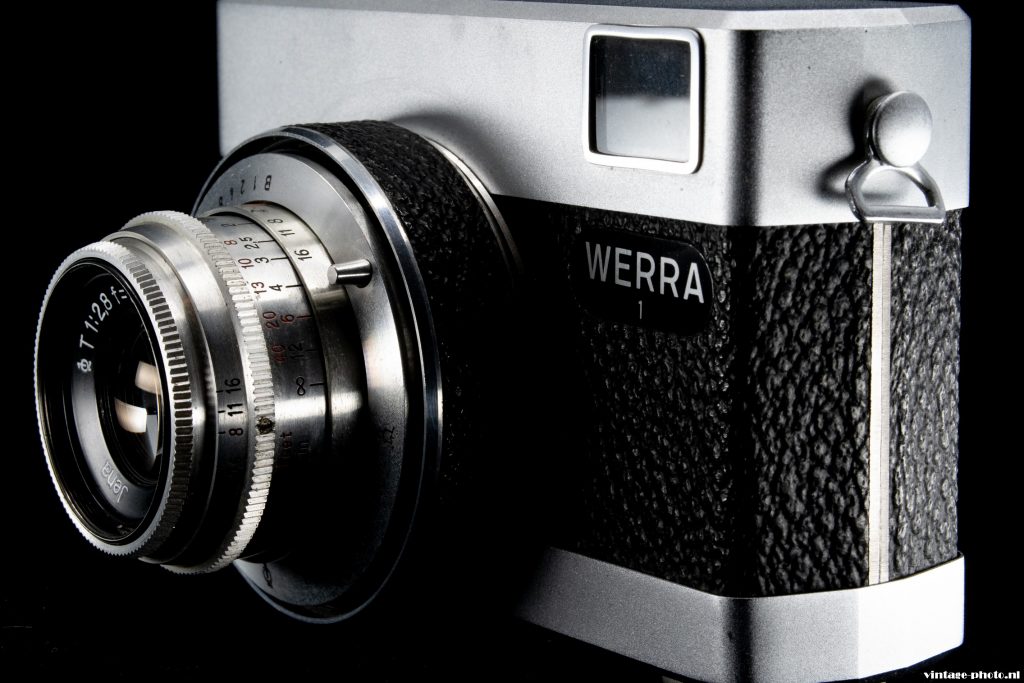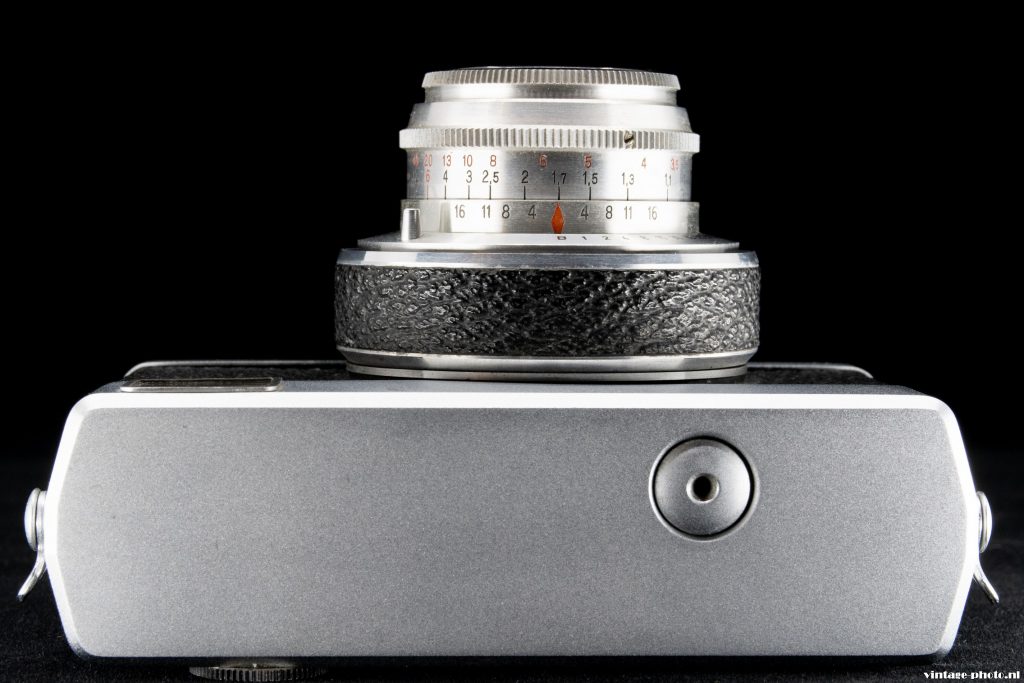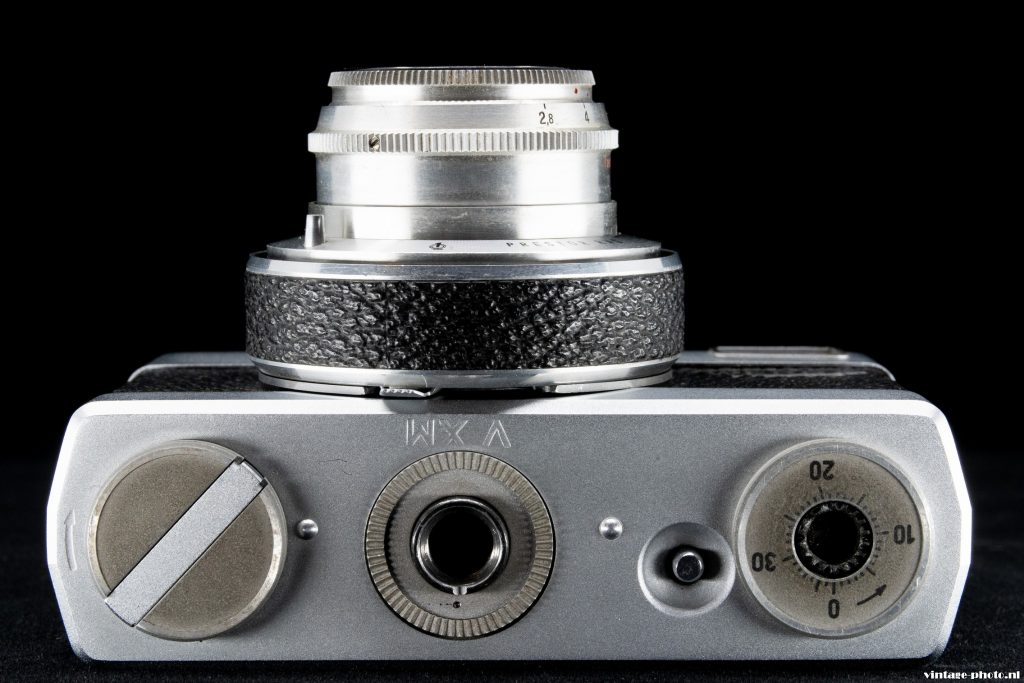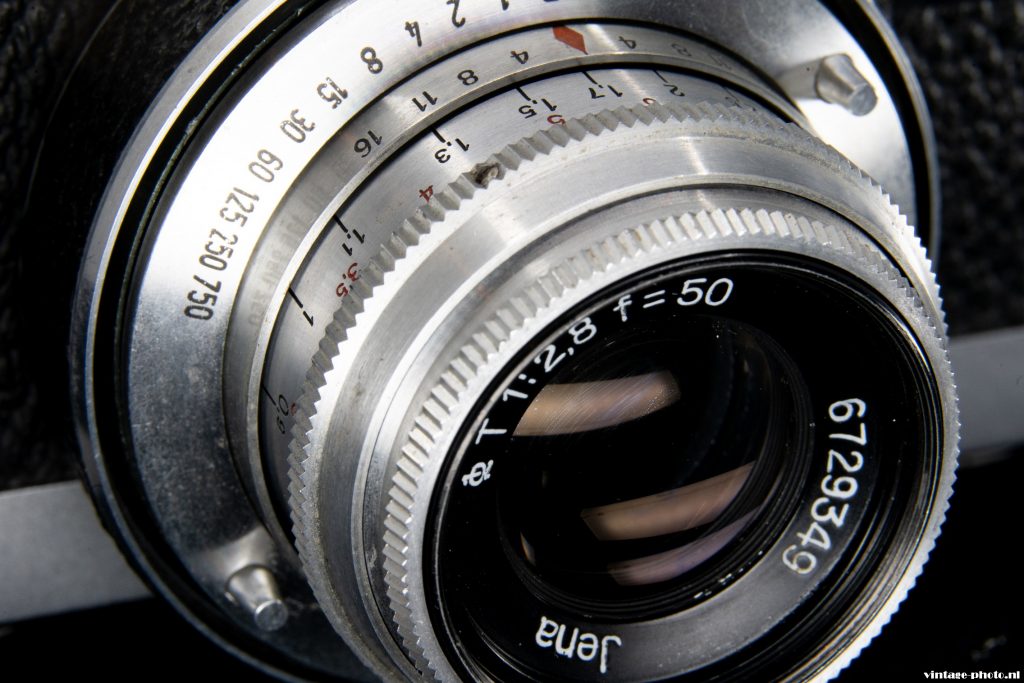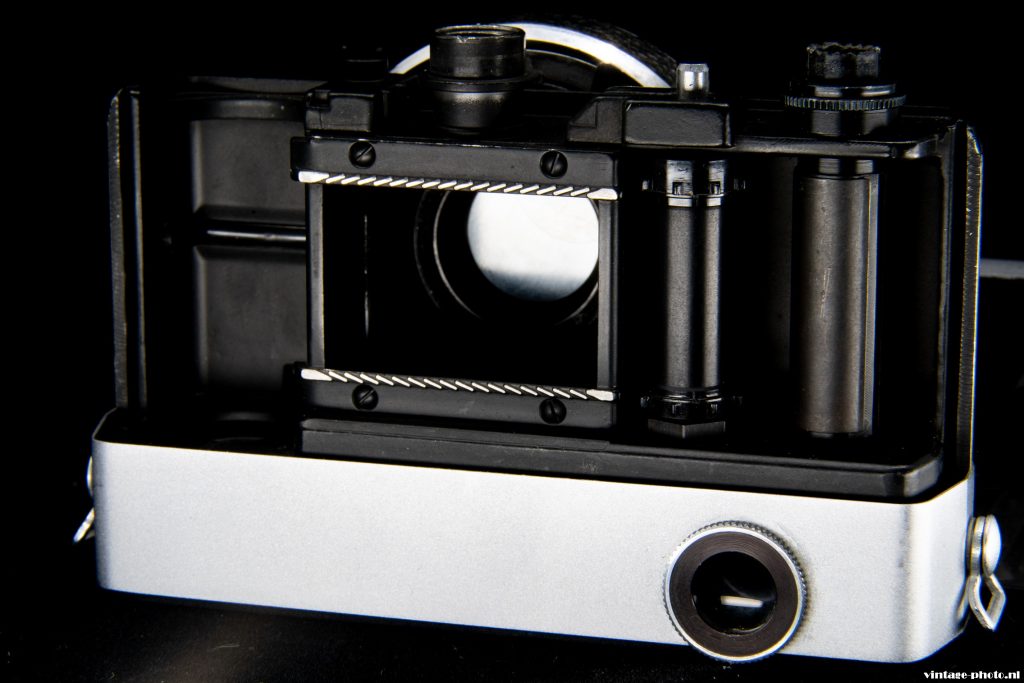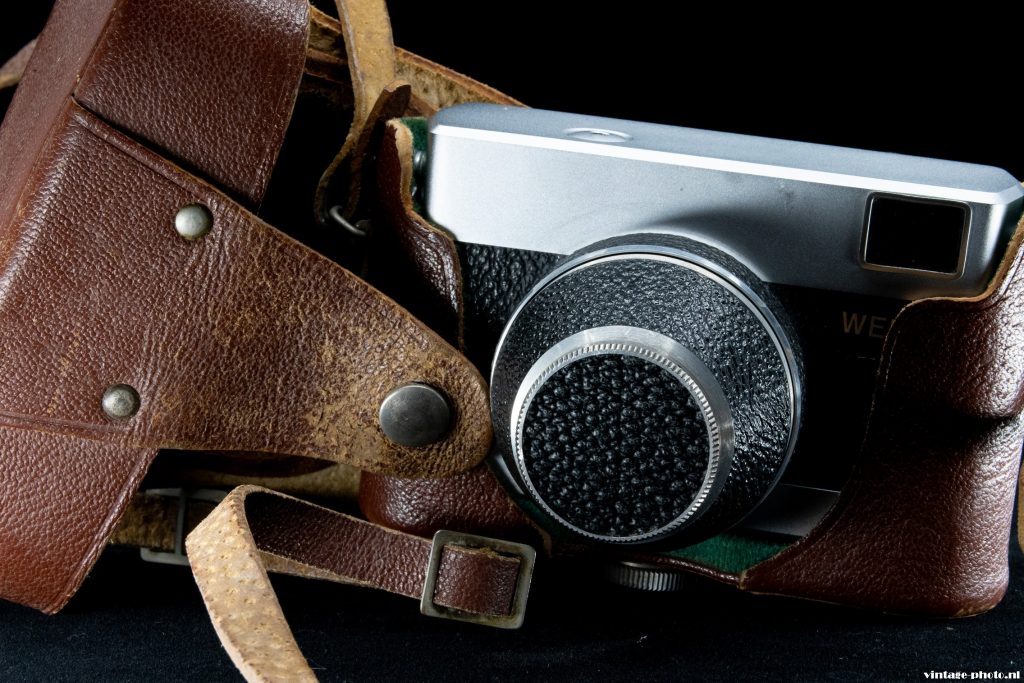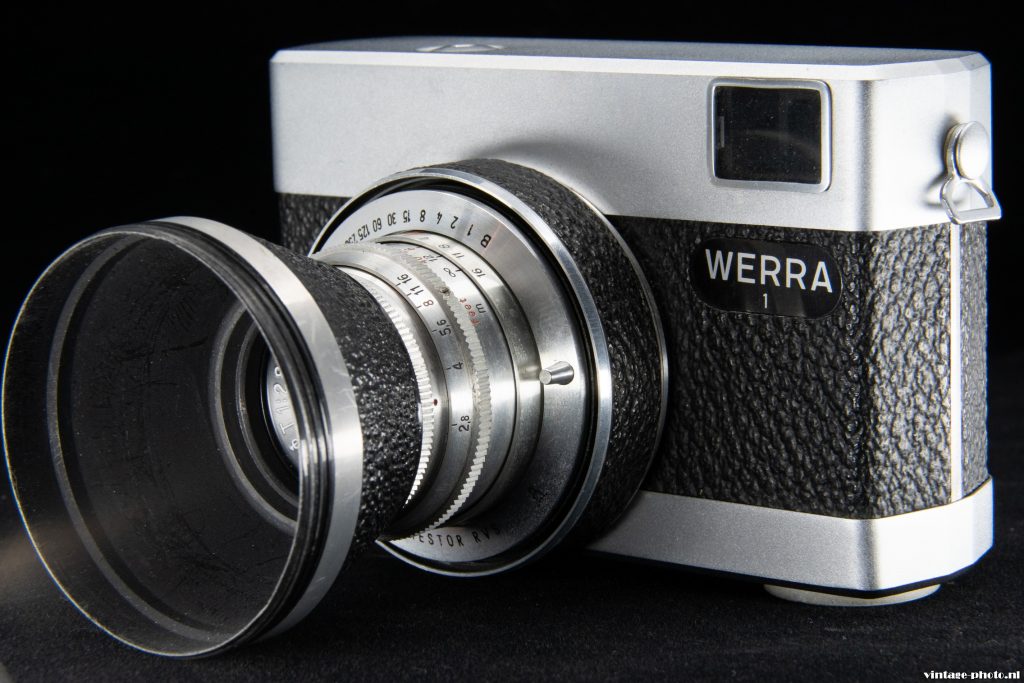The Werra cameras from the second half of the 1950s show the level of ambition of the engineers at the Carl Zeiss factories in Jena. A camera so minimalist that a shutter button and a lens rotary mechanism should be enough to take pictures. A top design that was supposed to disguise the poor economic situation in the GDR.
I had read many cautionary reports about the technical condition of a old Werra camera and that the camera might only deserve a place in the display case. The intricate technical design would not survive the test of time. But the more photos I saw, the more the camera fascinated me. Now there is a copy in front of me, purchased through Catawiki. It is the basic model, without rangefinder or exposure meter. So it can be even more minimal. The story begins with the post-war split Carl Zeiss Oberkochen (West Germany) and the eastern VEB Carl Zeiss Jena. The economic pressure from the Soviet occupation on camera manufacturers was huge in the 1950s and lens manufacturer Zeiss was forced to produce its own 35mm camera for the masses.
Competing with the West, that was the motto of the Eastern Bloc. While the West prospered in the 1950s, the East became poorer and poorer. Competing therefore had to be based on quality and at the same time cost. And that even among Carl Zeiss products. A pretty much impossible task, since in West Germany Zeiss had much more access to budget and materials to make their engineering dreams come true. In the Eastern Bloc, inventiveness had to be the key to ingenious, but cheaper top quality. The Werra is one such example. Named after the small river (the Werra) near the town of Eisfeld, home to the Carl Zeiss factory.
The camera came in a leather ready bag. Once you have the camera in your hands, you intuitively start unscrewing the lens cover first. If you also unscrew the little front cover from that, you have a sun hood at the same time. On the top plate, you have only a shutter release button. At the bottom, things are getting more interesting. There you’ll find the film counter, rewind button and the film lock release button for that. Also you can switch here from X(automatic) to M(anual) sync for your flash. Or use the lever to set it in V for delayed shutter release. The PC-flash connection is on the side of the body. But to attach a flash seems only possible by means of the tripod mount. On the front are the excellent ‘Jena’ lens (50mm/F2.8), a hidden Tessar because there were licensing issues initially (they just marked it ‘T’). The front setting wheel strangely controls the diaphragm and the second one the distance. Also, on the lens accurate clickable shutter speeds can be set from Bulb to the maximum speed of 1/750s. A fast machine for the time.
But how to wind the film and cock the shutter? The answer to that question reveals the ingenious design of the camera, the heart of the precision engineering of the Werra series. Turning the black ring on the body all the way to the left rotates the film roll and cocks the shutter. In one smooth motion. Then the ring jumps back to its starting position, sets the chosen aperture on its way back and puts the camera in ready mode. Via the viewfinder glass, the composition can be chosen within the four white lines. Focusing is done by good guesswork. Zone focusing, estimating how far the subject is from the camera. It requires a steep learning curve, especially with large apertures. From F5.6 on, just about everything becomes sharp, so it is recommended to practice with small values like 8, 11 or 16 in the beginning.
Inserting a roll is done by turning the center knob at the bottom half a turn and removing the backing. The film can then be inserted using the fixed spool on the left. Inserting a roll is done by turning the center knob at the bottom half a turn and removing the backing. The film can then be inserted using the fixed spool on the left. A counting mechanism shows where the roll is with its frames. The camera has two lugs for attaching a neck strap, but the included ready case looks really much more vintage.
The Werra is reminiscent of the state-of-the-art Zeiss digital camera from 2020. This is also an attempt by a lens maker to produce its own brand camera. We’ve also seen it with Sigma. Yet making a camera is really different from producing high-quality lenses. In the case of the Werra, Carl Zeiss Jena has managed to use a lot of technical ingenuity to launch a high-quality camera that is effortless to operate. Later rangefinder models with exposure meters completed the concept. It is a pure design camera with minimal buttons, straightforward. However, it did not become the huge sales success that people in the East had imagined.It was, however, intended for export (as can be seen from the Q mark on the lens). The Japanese invasion with far more modern technology had already begun. The emerging electronic Yashicas were already gaining much more attention in the West at the expense of Zeiss’s mechanical precision.


